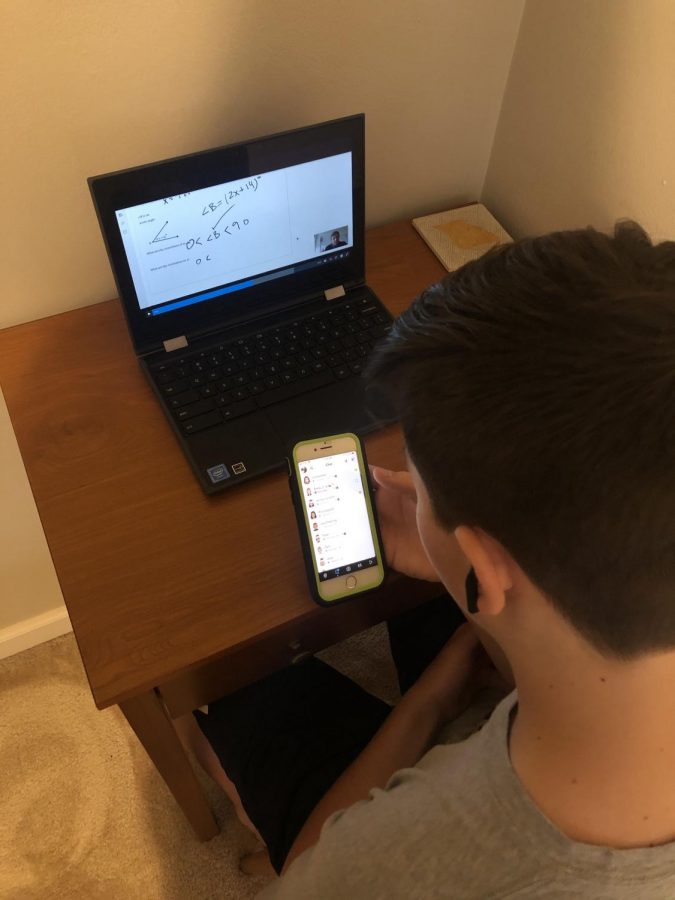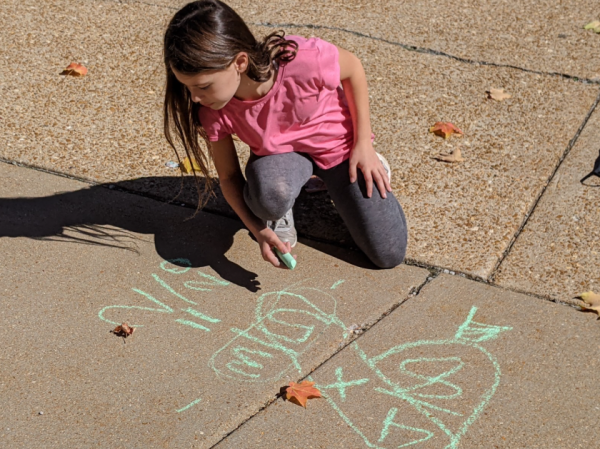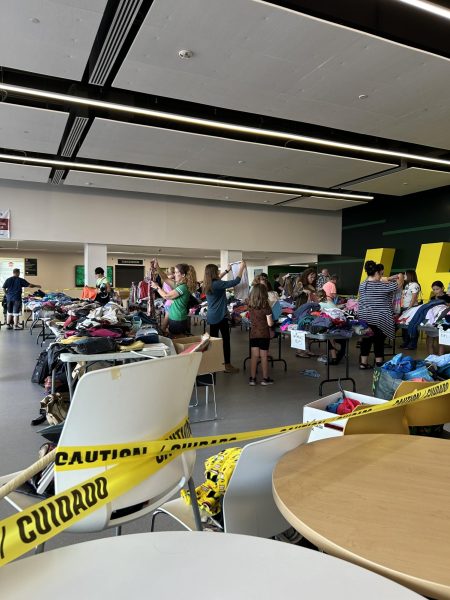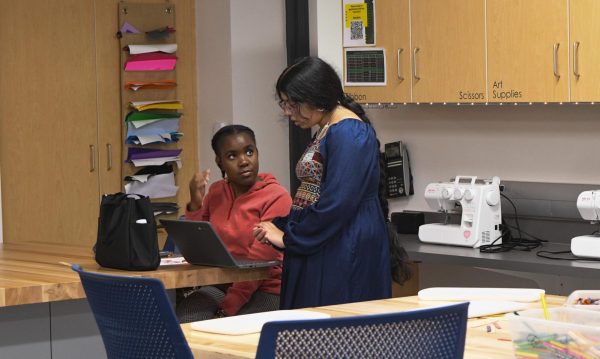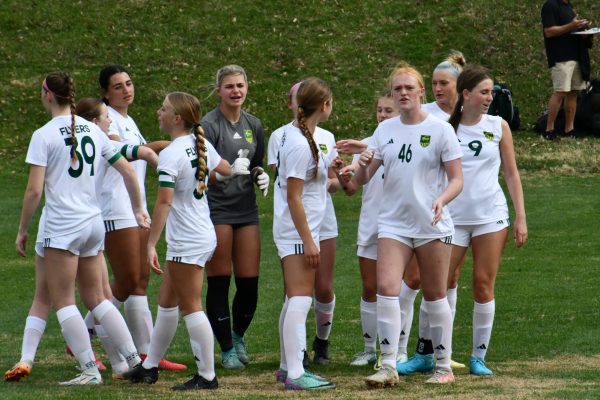Trapped in Technology
How Social Media has Affected Students’ Lifestyles During a Pandemic
Movements and marches for racial justice, women’s rights, transgender rights and climate change. Burning forests in Australia and California. An election. These all occurred in 11 months in 2020. Many things have been closed down as well. COVID-19 has students going virtual and masks are required in workplaces. Boredom rises as lifestyles change, and people turn to one of the only forms of entertainment left: technology and social media.
Students, specifically teenagers, are often criticized for being the generation obsessed with technology, but since COVID-19 has struck the nation, online stories from Hootsuite and Walker Sands describe the shift of how it is one of the few ways people connect with the world as well as a source of entertainment.
“[My screen time has] increased because I’ve had more free time to go on social media. I’ve also been more bored, and when I’m bored I go on social media,” Sierra Lucas (11) said.
However, despite the lack of other activities, many students still feel the need to reduce their time spent on social media.
“I think it is a not-so-good thing because I tend to get caught up in the stereotypes and the fake news, but it can be a good thing because some stuff that is posted is really funny. I would love to cut back,” Lily Simpson (10) said.
Besides being on social media as a form of entertainment, some teens find that getting important news often comes from the platforms they scroll through.
“A lot of teens don’t look at the news but they look at social media, and they often get the information from there,” Lucas said.
Social media has also become one of the main outlets that young people use to stay informed about and participate in constantly changing current events. In a 2018 Pew Research study, 66% of teenage respondents stated that social media helped them show their support for causes.
“[Social media] has informed me of the BLM movement, case numbers rising/decreasing, the current oppression of minority groups globally, and the election. It has been extremely helpful because the information is concise and easy to understand, while some articles can be confusing for some younger audiences. The information also matches information coming from credible sources,” Chloe Thomas (12) said.
Whether or not social media is a reliable news source is unclear, especially to teenagers. Data from the Pew Research Center shows that only 37% of teenagers use social media as a source of trustworthy information.
“Obviously there has been a lot of posts about political events and Covid, and it is just hard to know what is real and what isn’t. One time I saw a post about statistics of Covid… but then another post said that the original one completely exaggerated numbers. I guess for some aspects it’s been helpful, but for some it’s been not. A lot of the times [social media is a bad way to get news], because sometimes it’s just people posting their opinions. I’m not saying that news channels are any better, but I think all news is somewhat opinion-tainted,” Simpson said.
Although 2020 was a unique year, young people’s higher use of social media was not. A large majority of teenagers in the Pew Research study said that using social media made them feel more included, authentic, and outgoing. This trend makes students more likely to continue posting and scrolling, shaping how younger generations view major events. Thomas offered some advice for her fellow students as they attempt to use technology wisely.
“ There are a lot of biases that can occur when posting things through social media because a lot of people post information that support their opinion on the matter. It doesn’t give both sides of the story and the viewer has misleading information as a result. Even trustworthy organizations can post snippets of the big picture, so it’s always good to fact check,” Thomas said.
